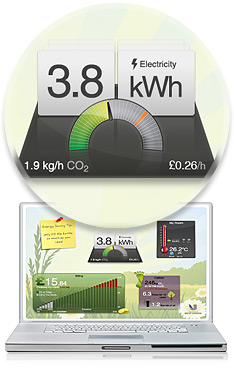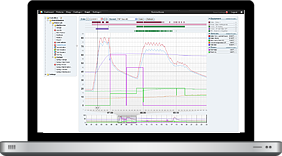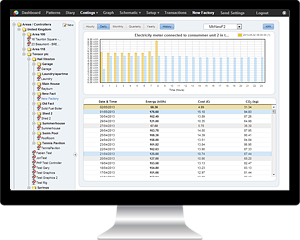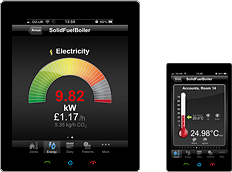UK Government launches new energy-saving framework for the built environment sector

The UK government has recently announced the launch of its £420m construction sector deal, which provides a framework for the built environment sector to halve the energy use of new buildings by 2030, a recent news report has been able to suggest.
The deal will see £170m of Government funding invested in innovations which seek to enhance resource efficiency, improve energy efficiency and cut greenhouse gas emissions across the industry while shortening construction times, with ministers expecting this investment to be matched with £250m of private sector funding.
Announcing the deal at the Northern Powerhouse Summit in Newcastle, Business Secretary Greg Clark argued that investment in smart construction would deliver a string of environmental and economic benefits while halving the time it takes to deliver new-build projects by 2030.
“The construction industry is fundamental to growing our economy as we build to invest in our future,” Clark said. “Major infrastructure projects like HS2 and the commitment to deliver 1.5 million homes by 2022 mean that we need a construction sector that can drive innovation, delivering homes and infrastructure quicker.
“As buildings account for around 30% of total emissions, we also want to ensure that we are at the global forefront in designing and building smart, energy efficient and affordable homes and buildings through the Clean Growth Grand Challenge, saving families money on their bills.”
HeatingSave – helping slash energy use within new and existing buildings
Implementing specific smart control solutions designed to improve the level of heating efficiency across both domestic and commercial buildings is yet another factor that could help reduce energy consumption (and, with it, carbon generation), and that’s specifically where Building Management Systems come into play.
Building Management Systems are capable of delivering extensive monitoring and control options, compared to basic controls. They typically employ data from a variety of sources (boiler flow and return sensors, internal and external temperature sensors, occupancy sensors, humidity sensors, etc.), and enable the perfect optimization of a building’s boiler-based central heating system.
If you’d like to find out more about the savings enabled by the HeatingSave Building Management System, just contact our dedicated product team, they’ll be more than happy to answer all of your questions and queries.






